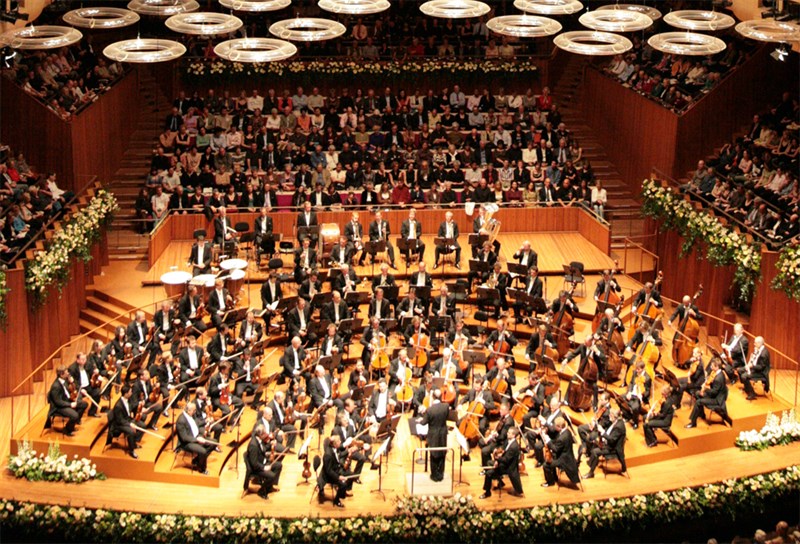
This is our last blog of the year – we’re taking the next two weeks off for the holidays – so we thought we would leave you with something to contemplate or, at least, have a good laugh with. After all, tis is the season to be jolly.
We’ve talked about wine - food pairings in earlier blogs, so how about wine - music pairings? Seriously, some reputable scientists and winemakers believe that music (and sound generally) affects how we perceive wine. Their theory –- which has been confirmed in blind tastings -- is that when wine is “harmonized” with compatible music it tastes “smoother” and less astringent, but when it clashes with music it can seem rougher and more astringent. By now you’re either laughing uncontrollably or scratching your chin in contemplation. Read on . . .
Music is just one of the environmental factors that affects our perception of wine. A nice wine with a candle lit dinner, soft music and a loved one is a memorable experience; by itself in a quiet empty room the wine would be less pleasing. And, at a sidewalk café with a jackhammer in the background the wine would be forgettable.
- This is because of the way that the brain processes sight, smell, touch and taste. When you take a sip of wine, the brain subconsciously processes all of the senses simultaneously and forms an overall impression. This may help explain why a wine consumed at the vineyard on a pleasant afternoon tastes better than the bottle that you brought home from the store. (If you want more details on a complex subject, look here).
- One sense often affects how the brain perceives another sense. A delicate wine seems different when listening to soft classical versus loud rock music. Similarly, professional tasters often perceive different tastes and aromas when given a white wine that was secretly dyed red.
- In some people, stimulation of one sense can register as the perception of another sense. For example, they experience a taste (such as cherry) when they hear a certain sound (such as a C note). This condition, known as synesthesia, occurs in about 1 in 2,000 people.
- Scientists and inquisitive winemakers are beginning to investigate the impact of sound on wine perception, but a few good matches have been identified: Pinot Noir with soft classical music, Cabernet Sauvignon with louder, more energetic music.
- Science sometimes gets carried away. In one set of experiments, several sommeliers were given an MRI while wine was fed to them through tubes and different music was played. I'm not sure that proved much about the relationship between wine and music, but it seems like a really cool way to tick off a sommelier.
Our wine of the week is a Stoller Family Estate 2017 Reserve Pinot Noir, from Oregon’s Willamette Valley ($45 retail). We picked this as a Pinot alternative in case increased tariffs (see below) kick in, and it's a good candidate to try with different types of music. It’s aged one year in French oak, and then another six months in stainless steel. The result is a very nice Pinot, with bright cherry, strawberry and spice notes and some earthiness. The wine has soft tannins, a tart acidity and a medium finish. Try this with salmon or poultry – and for music, perhaps Vivaldi’s Four Seasons. If you want to test the wine - music pairing theory, give this (or any good quality Pinot) a try with a range of music and see what you think.
Finally, a quick update on wine tariffs. After a recent international ruling that Europe is continuing to subsidize Airbus, the United States is considering imposing a 100 percent tariff on all European wines, regardless of country of origin or alcohol level. It’s unclear whether and when this tariff will be imposed, or whether it might be applied at a reduced level. Just to be safe, you might ask Santa for an extra case of Burgundy.
Happy holidays!
